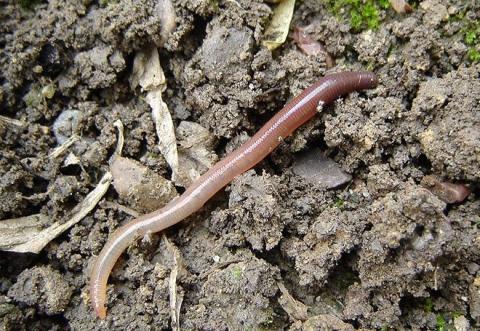Bacteria, fungi, plants, mites, worms, mammals... Soils shelter a quarter of all currently known living species on Earth.
Long overlooked, these ecosystems are now receiving increasing attention, particularly due to the essential services they provide to human populations: carbon storage, support for agricultural and food production, erosion and flood prevention, water purification, and contributions to medical research.
In France, this growing awareness has led to the emergence of a new tool, modeled after green and blue ecological corridors: the brown corridor.
The goal of this initiative is to enable local authorities to incorporate soil biodiversity conservation and restoration into their territorial planning tools and development projects.
As with other ecological networks, the brown corridor approach aims to identify not only areas where soil species can complete their life cycles and move freely (habitats to be preserved) but also less favorable areas where restoration efforts are needed (which can serve as key targets for de-artificialization or renaturation).
This framework is, of course, based on scientific research, which is gradually being established.
Several studies have already been conducted on the topic, including the MUSE project, led by Cerema, which aimed to help local authorities integrate the multiple functions of soils into their urban planning documents.
At TerrOïko, we have explored the use of modeling to simulate the demographic dynamics and movements of certain soil-dwelling species.
To start, we focused on earthworms and moles.
Through an in-depth analysis of scientific literature, we configured key parameters for our models concerning these two species: life cycle, individual dispersal behavior, and the ability of different soil types to sustain their populations.
This method, which relies on SimOïko, our species life simulation software, was tested in studies conducted in two contrasting areas: one highly urbanized (Paris Ouest La Défense) and one rural (Parc Naturel Régional Scarpe-Escaut).
Since the results were conclusive, we have now added earthworms and moles to the default list of species available in SimOïko.
And it was the right decision! Among the users currently testing the upcoming commercial version of the software before its official launch, some are specialized precisely in soil studies.
